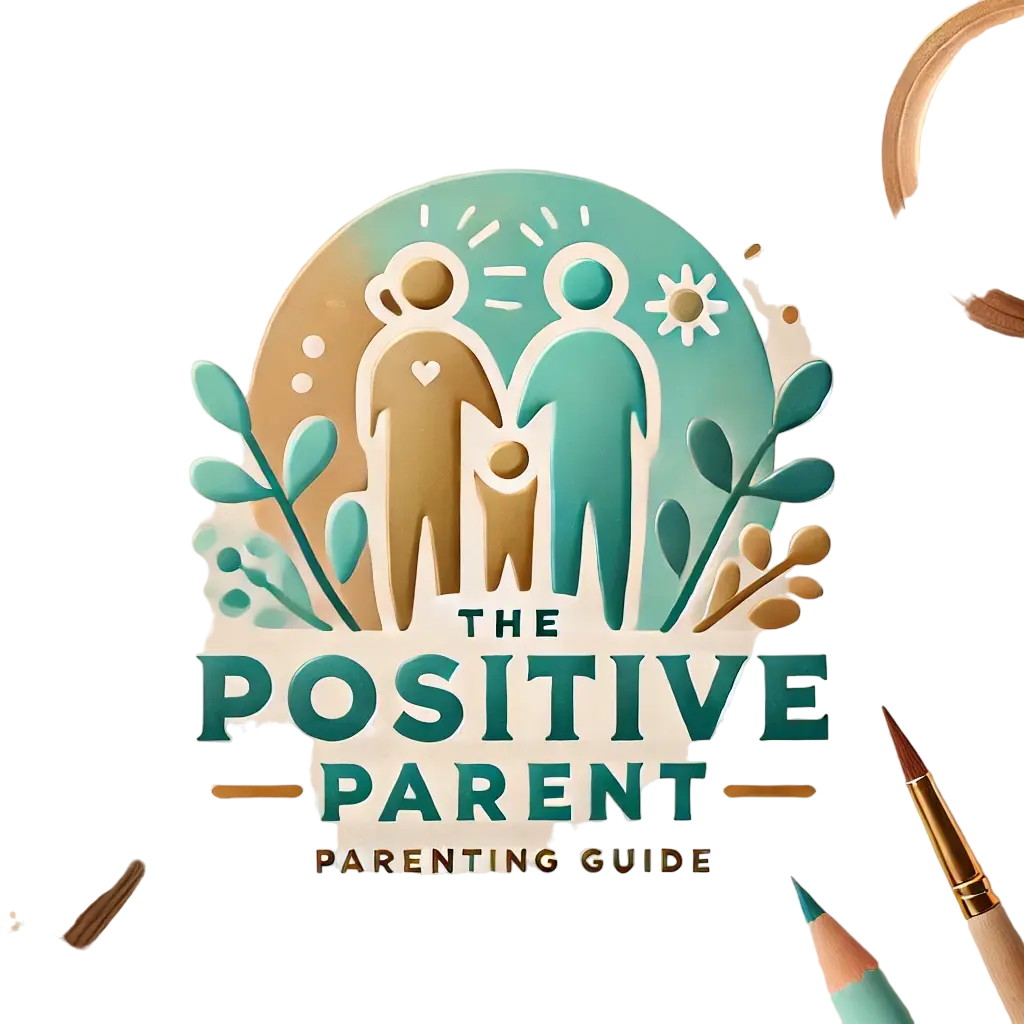How to Discipline Without Yelling
Category
Categories

Title: Nurturing Discipline Without Yelling – A Game Changer in Parenting
Introduction
As parents, we’ve all been there: the wearying tantrums, the non-stop chatter, the last-minute homework residue, and the disarrayed room despite endless instructions. It’s enough to make even the most patient parent raise their voice. So, how can we accomplish discipline without resorting to yelling? Are we just supposed to tap into some hidden reservoir of saintliness to do it? Thankfully, no. There are practical techniques for ensuring discipline without raising your voice as discussed below.
1. Understanding the Impacts of Yelling
Before diving into the solutions, it’s essential to understand why we need to avoid yelling in the first place. Research shows that frequent and intense yelling can be as harmful as physical punishment. It can lead to increased levels of anxiety, stress, and depression in children and, in turn, provoke aggressive behavior rather than obedience. By understanding the negative impacts of yelling, we’re better able to seek healthier alternatives.
2. Embrace Proactive Parenting
Imagine if you could prevent the situation escalating to the point of needing to yell? This can be possible through proactive parenting.
a. Set Clear Expectations and Consistent Boundaries
Children thrive on predictability. Before entering different situations, clearly explain what you expect their behavior to be. Make sure your rules are consistent and not shifting according to your mood. Reinforce these expectations and boundaries regularly.
b. Use Positive Reinforcement
Praise your child when they behave well. This motivates them to repeat the good behavior as it’s getting them positive attention. For example, if your child remembers to clear their dishes without prompting, acknowledge their efforts.
c. Implement Routines
Develop routines for daily activities such as waking, meals, learning, play, chores, and bedtime to ensure predictability and structure.
3. Mindful Communication: Speak with Clarity and Calmness
Sometimes, yelling at children is just an ineffective way to express our own frustration. This is where mindful communication comes into play.
a. Use “I” statements
Instead of saying “You’re always late! You never listen!”, you can say, “I feel frustrated when I have to repeat instructions and we end up being late”. This puts the focus on what you’re experiencing rather than blaming the child, reducing the chance of triggering a defense response.
b. Keep It Short and Sweet
When you are upset, it’s easy to lecture. But kids tend to tune out lengthy explanations. Keep your instructions short, clear, and to the point.
c. Use Nonverbal Communication
Nonverbal cues can be a powerful weapon in your parenting arsenal. A raised eyebrow, a shake of the head, a firm hand on the shoulder all communicate disapproval without the need for words.
4. Applying Disciplinary Actions Calmly
Let’s face it, tantrums and mishaps will happen, regardless of how proactive we might be. Here’s how to handle such situations without raising your voice.
a. Time-Outs
Have a designated space where your child can cool down. Make sure it’s devoid of stimulation and distractions.
b. Natural Consequences
Let children experience the consequences of their actions. If your child refuses to wear a coat, they’ll get cold. If they don’t do their assignment, they’ll face the teacher’s scolding.
5. Take Care of Yourself
Parenting cannot occur in a vacuum. You need to be in a good mental and emotional state to effectively parent your child. Don’t underestimate the power of self-care in enabling you to maintain composure.
Conclusion
Disciplining without yelling is no quick fix. It requires consistent efforts and a sea of patience, a virtue so intrinsically linked with parenthood. Use the above tips as a starting guide, but the key is to understand your child’s unique temperament and mold your approach accordingly.
Our children are learning from us all the time, and we owe it to them to teach respect, emotional control, and effective communication by demonstrating these attributes ourselves. So are you ready to adopt a voice that’s not only loud enough to be heard but calm enough to be listened to? Remember, the change starts with you, and the rewards resonate as life-long benefits for your child.



